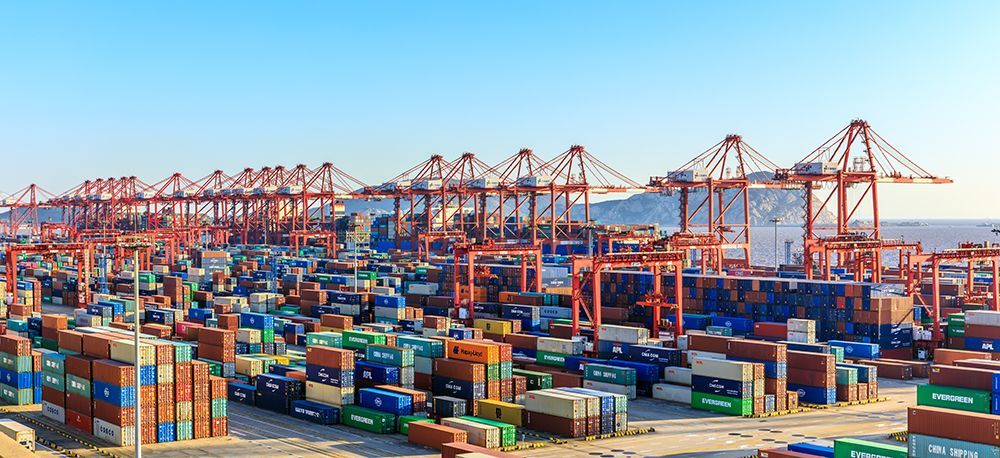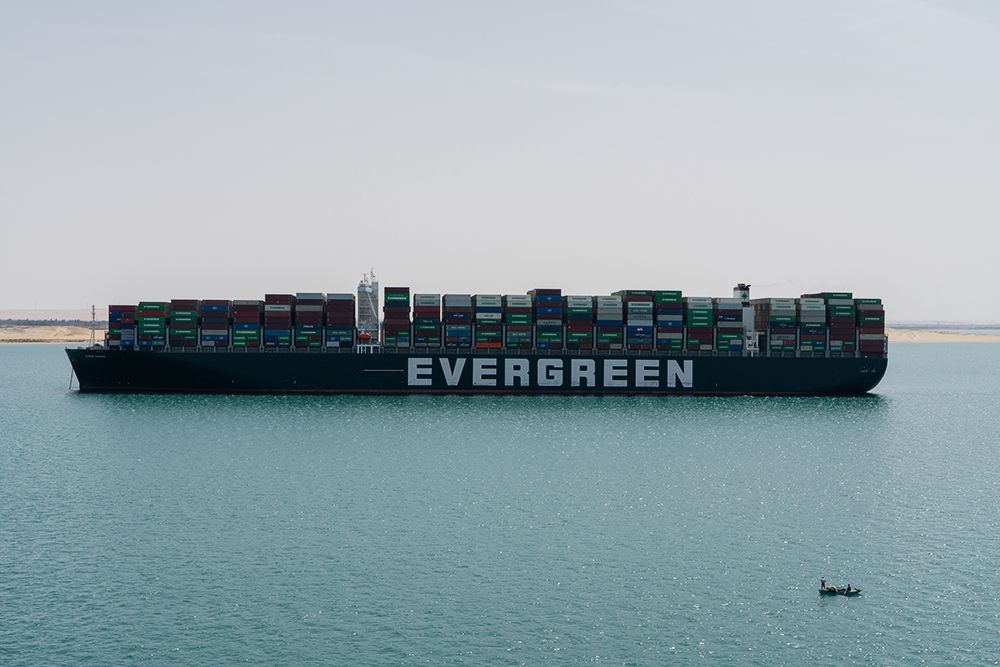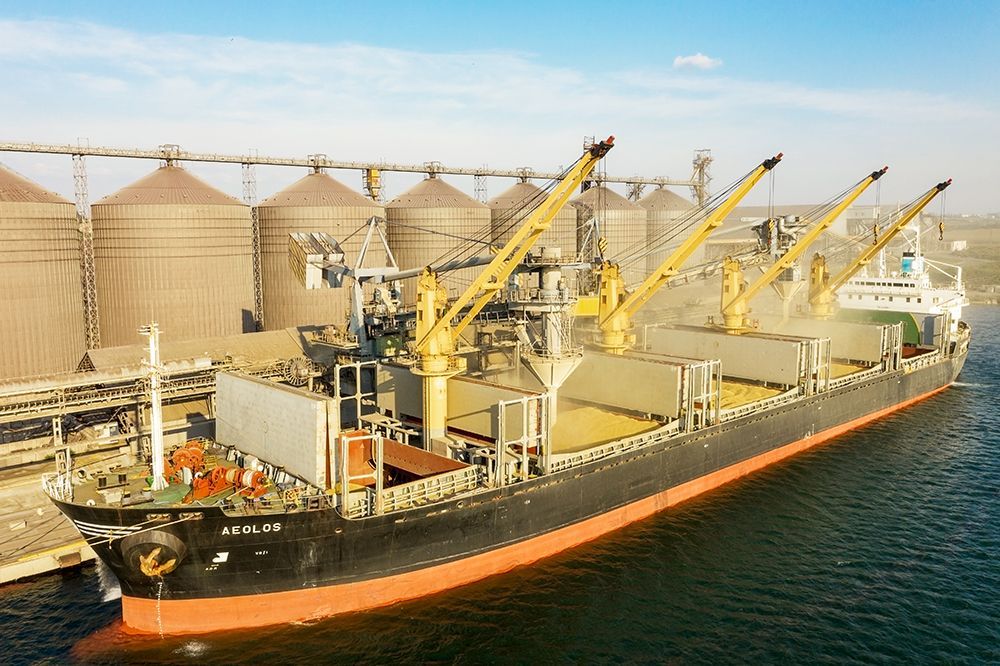Container vs Bulk Export – where are we headed?
The movement of grain between countries around the world in bulk vessels has been a significant method of conveyance for centuries. However, while filling a bulk vessel with 60,000MT has been the preference for major exporters, the last twenty years has seen the movement of grain in containers become more prevalent.
In the early 2000’s smaller companies in countries like Australia introduced the concept of exporting grain in containers as an alternative to bulk export. It allowed importers to order smaller parcels of product and incur a lower financial outlay. Australia imports a large amount of goods each year from China arriving in containers with products like tech goods, clothing and other consumables. In contra-trade, China has high demand for grains and oilseeds for their milling, malting, crushing and feed industries which has traditionally been serviced via bulk vessels. Through utilisation of the empty containers from imported goods from China, the return voyage with grain meant that shipping lines could reposition empty containers to the demand origin to re-coupe voyage fees.

This new approach to smaller shipments quickly changed the dynamic of grain exports around the world. It allowed for cheaper logistics costs, smaller contracts of 500 to 1000MT compared to 60,000MT and the ability for niche products to move further around the world in a time-efficient manner. The movement of grain in containers continued to grow, however, this trend was broken with the arrival of COVID-19.
It is well documented that 90% of the world’s trade occurs via sea and container export is a significant method of conveyance to get products from origin to destination. China represents nearly 28% of the global export market, some US$2.6 trillion dollars a year in trade. After factory closures of COVID-19 in 2020 and the delays in return to production, many supply chains around the world have been affected as other exporting countries rely on China for parts to their products. From cars to smart phones, China’s disruptions had a ripple effect delaying the world trade.
The flow-on effects of a disruption to the global supply chain was underestimated. Since the initial pause of manufacturing in China at the start of 2020, the price of container freight has skyrocketed during the pandemic allowing the shipping lines to increase freight rates in some cases 3-4 times the normal prices. One of the world’s major trade routes, China to West Coast USA has seen average delays of 70 days from normal transit times with significant delays in discharging at USA Ports due to labor shortages and rail inefficiencies.
While some countries begin to return to operating at a normal level of manufacturing again, China is facing another crisis in relation to energy, and factory closures have once again caused issues in the ability to manufacture goods. The backlog of those initial shutdowns and increase in demand continue to wreak havoc on the container industry leaving many international customers without supply.

Another major contributor to the price increase of container freight was the Suez Canal disaster when the Ever Given, a container freighter became wedged across the import-export pathway that connects Europe and Asia. This supply chain blockage lasted six days, and backed up 369 cargo ships with an average of 15,000 TEU’s per vessel; an estimated 5 million containers.
In addition to these two major contributors affecting container export, other factors are affecting the supply chain. Issues such as rising fuel prices, a lack of labour at major ports, a backlog of containers to be unloaded and loaded, and further snap lockdowns across international terminals have all contributed to the supply chain crisis we all face today.
It is expected that high container freight prices are likely to continue for the next few months at least until new container ships come online and the supply of containers increases.
So what is the solution to the current challenges of containerised grain export and the return of reliability for supply for international customers?

For many businesses who have the storage capability and financial resources to do so, they will go back to the future and revert to the traditional and currently more affordable bulk export model. However, not all grain exporters around the world have that ability, particularly into those niche markets that were built from the concept of containerised export. This is where a third-party connector like Basis Commodities can add real value to your business. Our relationships with grain exporters, end-users and freight providers around the world, particularly in Africa, the Middle East and Australia, provides prime opportunity for bulk co-shipment.
What does this mean?
A customer may continue to purchase smaller parcels and Basis Commodities connects said customer with other companies requiring the same model, essentially sharing the freight savings of a larger bulk vessel while avoiding the excess fees and delays currently occurring in the container industry.
For more information on how bulk co-shipment works and how Basis Commodities can assist your business to manage contracts, reach out to the team to discuss further.
If you would like to receive regular market information from Basis Commodities, be sure to sign up to our information form as we share our market intelligence each week to assist you with your trading decisions.
The post Container vs Bulk Export – where are we headed? appeared first on Basis Commodities.
Share This Article
Other articles you may like
Sign Up
Enter your email address below to sign up to the Basis Commodities newsletter.






